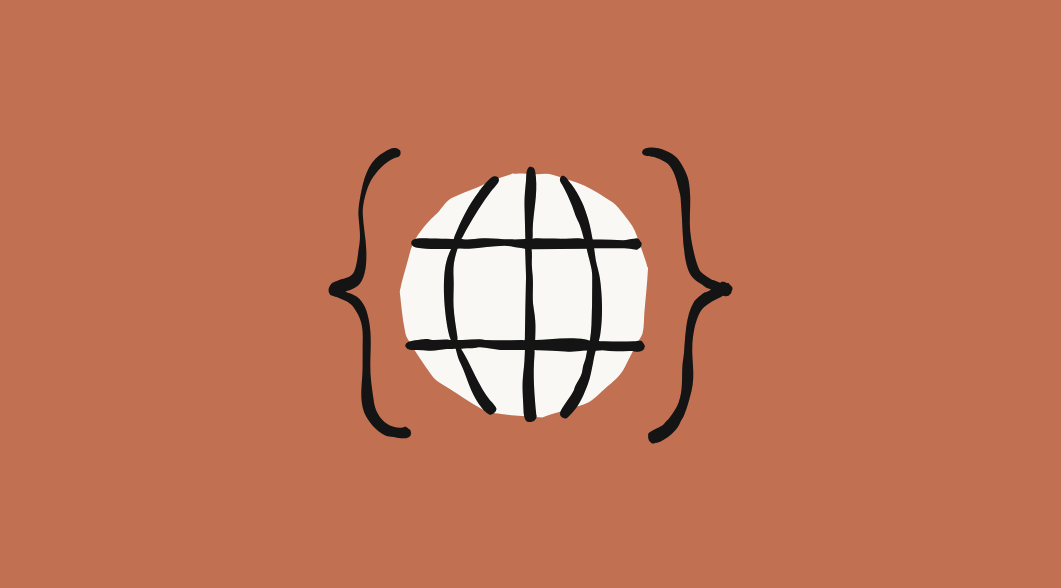Introduction to SK Hynix’s Rise to the Top
SK Hynix has taken the top spot in the global DRAM market, overtaking Samsung for the first time. This achievement ends Samsung’s three-decade dominance in DRAM manufacturing and comes shortly after SK Hynix’s operating profit passed Samsung’s in Q4 2024. According to Counterpoint Research, SK Hynix captured 36% of the DRAM market in Q1 2025, compared to Samsung’s 34% share.
HBM Chips Drive Market Shift
The company’s strategic focus on high-bandwidth memory (HBM) chips, essential components for artificial intelligence applications, has proven to be the decisive factor in the market shift. "The is a milestone for SK Hynix which is successfully delivering on DRAM to a market that continues to show unfettered demand for HBM memory," said Jeongku Choi, senior analyst at Counterpoint Research. SK Hynix has taken the overall DRAM market lead and has established its dominance in the HBM sector, occupying 70% of this high-value market segment.
Financial Performance and Industry Outlook
The company is expected to report positive financial results, with analysts projecting a 38% quarterly rise in sales and a 129% increase in operating profit for the March quarter. The shift in market leadership reflects broader changes in the semiconductor industry as AI applications drive demand for specialised memory solutions. While traditional DRAM remains essential for computing devices, HBM chips that can handle the enormous data requirements of generative AI systems are becoming increasingly valuable.
Navigating Potential AI Memory Demand Headwinds
Despite the current AI memory demand boom, industry analysts identify several challenges on the horizon. "Right now the world is focused on the impact of tariffs, so the question is: what’s going to happen with HBM DRAM?" said MS Hwang. Counterpoint Research sees potential threats to HBM DRAM market growth "stemming from structural challenges brought on by trade shock that could trigger a recession or even a depression."
The Future of the DRAM Market
Market research firm TrendForce forecasts that SK Hynix will maintain its leadership position throughout 2025, coming to control over 50% of the HBM market in gigabit shipments. Samsung’s share is expected to decline to under 30%, while Micron Technology is said to gain ground to take close to 20% of the market. The shift in competitive positioning between the two South Korean memory giants underscores how specialised AI components are reshaping the semiconductor industry.
Conclusion
SK Hynix’s early and aggressive investment in HBM technology has paid off, though Samsung’s considerable resources ensure the rivalry will continue. For the broader technology ecosystem, the change in DRAM market leadership signals the growing importance of AI-specific hardware components. As data centres worldwide continue expanding to support increasingly-sophisticated AI models, AI memory demand should remain robust despite potential macroeconomic headwinds.
FAQs
- Q: What is DRAM and why is it important?
A: DRAM (Dynamic Random Access Memory) is a type of computer memory that stores data temporarily while a computer is running. It is essential for computing devices and is used to store data that the CPU uses to perform calculations. - Q: What is HBM and how does it differ from traditional DRAM?
A: HBM (High-Bandwidth Memory) is a type of memory that is designed to provide high bandwidth and low latency for applications that require large amounts of data to be transferred quickly. It differs from traditional DRAM in that it uses a different architecture and is optimized for high-performance applications such as artificial intelligence and machine learning. - Q: What are the potential challenges facing the HBM DRAM market?
A: The HBM DRAM market faces potential challenges such as trade shock, recession, and depression, which could impact demand for HBM DRAM. Additionally, the market is highly competitive, and companies must continue to innovate and invest in new technologies to remain competitive.











